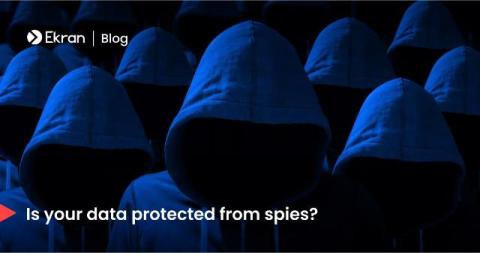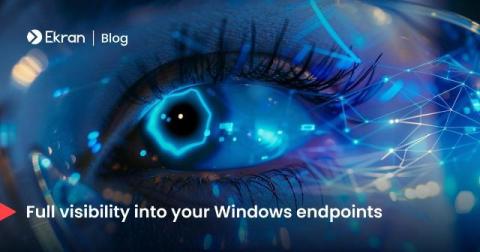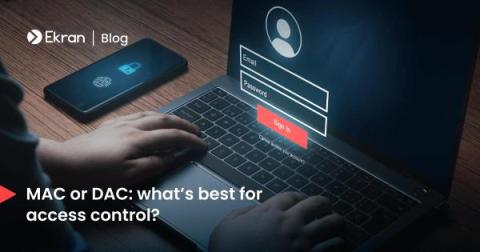Data Breach Prevention: Tactics, Techniques & Tools
Chances are, every single person who reads this article has experienced a type of data breach at least once: a phishing email that looked like a late bill fee that led to identity theft, an accidental email sent including proprietary company or customer data, a parent calling to ask if they should send money to a prince abroad (after the fact), or an open backpack that leads to the physical theft of a mobile device.











